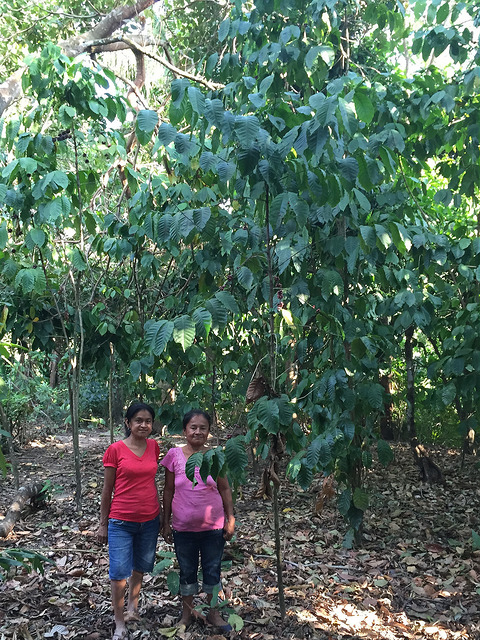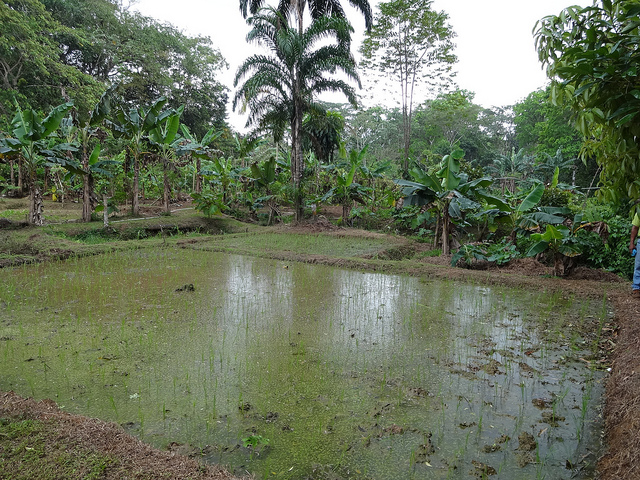An Overview Of Our Solution
- Population Impacted:
- Continent: North America
Organization type
Population impacted
Size of agricultural area
Production quantity
People employed
Describe your solution
Describe your implementation
External connections
What is the environmental or ecological challenge you are targeting with your solution?
Describe the context in which you are operating
The widespread adoption of current organic practices has the potential to sequester 10Gt of CO2 (~20% of the world’s greenhouse gas emissions). Agro-ecology practices are also an alternative to slash-and-burn farming that improve life for families, while also preserving tropical forests since slash-and-burn is a leading cause of tropical deforestation. Halting tropical deforestation would eliminate another 10% of greenhouse gas emissions and preserve over 50% of the earth’s biodiversity.
In the most comprehensive analysis of world agriculture to date, several U.N. agencies and the World Bank engaged more than 400 scientists and development experts from 80 countries over four years to produce the IAASTD. The conclusion? Our "reliance on resource-extractive industrial agriculture is risky and unsustainable, particularly in the face of worsening climate, energy, and water crises."
About 795 million people don’t have enough to eat. This number has fallen by 167 million since 2005, but progress slowed after 2008 when the food and economic crisis began because people were buying food rather than growing it. It is critical to consider that 75% of the world's hungry live in rural areas where they should be able to produce plenty of their own food. Yet they remain hungry because they do not know how to use productive, sustainable farming techniques to grow a diversity of nutritious foods. Since the 1900s, some 75 percent of crop diversity has been lost.
How did you impact natural resource use and greenhouse gas emissions?
Language(s)
Social/Community
Water
Food Security/Nutrition
Economic/Sustainable Development
Climate
Sustainability
Donations and grants currently fund our technical assistance program, but once families graduate, they can continue as self-sufficient, environmental stewards for generations without further assistance. They are also empowered to continue to innovate and seek additional opportunities to improve their farm production and conservation of biodiversity. Sustainable cropping systems free families from costly and risky external input technological packages. Diversified plots allow resilience and improve nutrition. Our farmers have stronger cropping systems and diversified livelihoods that are all more sustainable than previous practices. We are also looking into earned-income opportunities to better scale up our program.
Return on investment
Entrant Image

Entrant Banner Image

